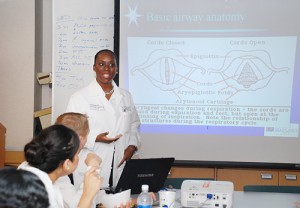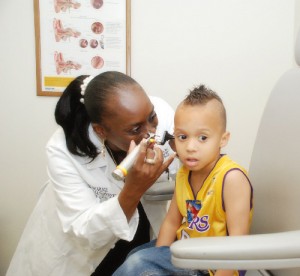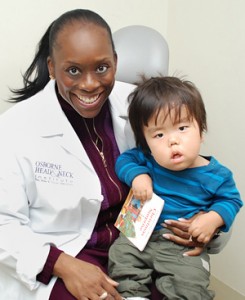- New Sublingual Allergy Tablets - October 31, 2014
- Ground-breaking New Treatment Option for Sleep Apnea - September 27, 2014
- Allergies versus Viruses in Children - September 27, 2014
- “Dog Dust” Protects Children from Allergies - September 27, 2014
- Nasal Saline Irrigation - August 8, 2014
- Doctor, I am Allergic to Dust. What Can I do? - July 31, 2014
- Infants Exposed to Dust Mites Less Likely to Develop Allergies - June 23, 2014
- How to Treat a Young Child’s Cough - December 17, 2013
- Many Parents are Unaware That Their Children Are at Risk for Noise Induced Hearing Loss - December 9, 2013
- Is it a Cold or an Ear Infection? - December 9, 2013
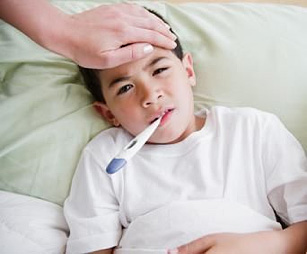 My child has a runny nose, congestion and cough. How do I know if he has sinusitis or just has a cold?
My child has a runny nose, congestion and cough. How do I know if he has sinusitis or just has a cold?
My child is 3 years old and generally quite healthy. However, for the past two weeks, I’ve noticed that he has had a runny nose and has been coughing. He doesn’t have a fever but is less active and happy than normal. I don’t like to put him on antibiotics every time he gets sick because I understand that most of the time it is a virus that will pass. But this time it seems different and his pediatrician is recommending antibiotics for sinusitis. How do I know if this is sinusitis or just a cold? Does my child need antibiotics?
Discussion:
Sinusitis is a true infection of the sinuses, which are air-filled cavities in the face and head. Symptoms of sinusitis and a cold often overlap. This is because even during a cold, the nose is inflamed and swollen. This swelling results in sinus pressure as well, mimicking the symptoms of sinusitis. However, the treatment for sinusitis and a cold are different, so it is important to know what your child is suffering from.
A cold is a viral infection of the nose and throat. Usually a cold starts with a sore throat. A child then develops nasal congestion and a runny nose which lasts for a few days, gets worse and then starts to improve.
Sinusitis is also associated with congestion and a runny nose, but it lasts longer and there is also usually pain. There is a higher likelihood of sinusitis if there is:
- Symptoms lasting longer than 10 days
- Thick discolored nasal drainage
- Fever
- Cough
- Bad breath
- Headache
- Facial pain/pressure
- Teeth pain
- Decreased sense of smell
- Irritability/fatigue
- Swelling around the eyes
A cold may lead to sinusitis. During a cold, when the lining of the nose and sinuses becomes swollen, the openings of the sinuses may become blocked. This prevents air from getting into the sinuses. Mucous becomes trapped in the sinuses and becomes infected, resulting in true sinusitis.
Risk Factors for developing sinusitis include:
- Frequent upper respiratory infections
- Allergies
- Tobacco smoke exposure
- Air pollution
- Chemical irritants
- Day care
- Reflux disease
- Narrow nasal and sinus passages
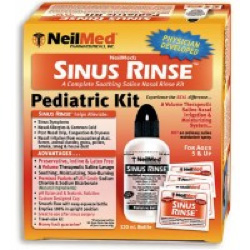
The symptoms of sinusitis may be alleviated with:
- Hydration – Make sure your child is drinking plenty of fluids so they do not become dehydrated.
- Rinse the nose – Pediatric Sinus Rinse will thin nasal secretions, clear the mucous, and naturally decongest the nose.
- Decongestants – Topical decongestant sprays decrease the swelling of the tissue in the nose to help drainage.
- Antibiotics – Symptoms should improve within the first few days.
- Rest – Allow your child’s natural defenses help fight the infection.
Unfortunately children can get 7 to 10 colds a year. To decrease the risk of your child getting a cold in the first place, wash their hands frequently, decrease exposure to other sick children, avoid tobacco smoke, and ask your pediatric otolaryngologist for help to treat underlying allergies and reflux disease.

